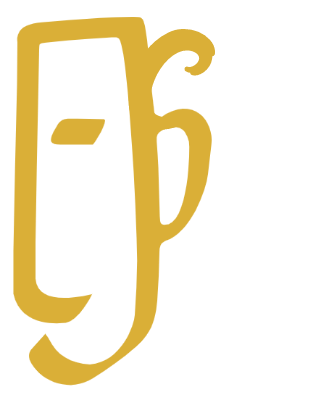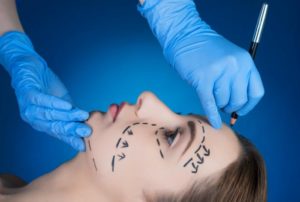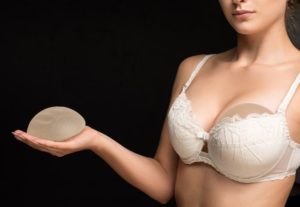Pinnaplasty Techniques Compared: Which Ear Correction Method Is Right for You?
Protruding or prominent ears can cause significant psychological distress at any age, particularly during childhood or adolescence. Pinnaplasty, also known as otoplasty or ear pinning surgery, is a safe and effective solution. But with multiple surgical techniques available, how does a patient know which method is best?
This expert guide outlines the main pinnaplasty techniques, their pros and cons, and why choosing an experienced plastic surgeon—such as Dr Ali Soueid, who operates in Qatar, the UAE, and London—is essential for long-lasting, natural results.
Why Consider Pinnaplasty?
Pinnaplasty is typically performed to:
- Reduce ear protrusion
- Correct ear shape or asymmetry
- Address congenital deformities like Stahl’s ear or lop ear
- Restore appearance after trauma or surgery
The procedure is highly customisable and can be performed under local or general anaesthesia depending on age and complexity.
Main Techniques in Pinnaplasty
Below is a comparison of the most widely used surgical techniques:
| Technique | Description | Advantages | Drawbacks |
|---|---|---|---|
| Mustardé Sutures | Non-destructive technique using permanent sutures to recreate the antihelical fold. | No cartilage cutting; reversible; natural contour. | Risk of suture extrusion or recurrence if not secured well. |
| Furnas Technique | Sutures placed from conchal cartilage to mastoid to reduce ear projection. Often combined with Mustardé. | Good for overly deep conchal bowls; strong correction. | Risk of overcorrection; discomfort from tight sutures. |
| Cartilage Scoring (Stenström/Kayne) | Scraping or scoring cartilage to weaken it and allow reshaping. | Long-lasting result; useful for stiff cartilage. | Irreversible; risk of contour irregularities. |
| Conchal Resection | Direct excision of excess conchal cartilage. | Effective for severe prominence or large conchas. | More invasive; risk of visible scarring or unnatural contour. |
| Incisionless (Stitch) Otoplasty | Needle punctures to place sutures without cutting skin or cartilage. | Minimal scarring; shorter downtime. | Best for mild cases; higher recurrence risk; not suitable for all. |
How to Choose the Right Technique?
The most suitable technique depends on:
- Anatomy of the ear: Stiff cartilage may require scoring or resection.
- Degree of prominence: More severe cases may need a combination approach.
- Age of the patient: Younger patients may respond well to suture-only techniques.
- Patient preference: Some may prioritise reversibility or minimal invasiveness.
- Surgeon’s expertise: The best outcomes rely heavily on the experience and skill of the surgeon.
Why Choose Dr Ali Soueid for Pinnaplasty in Qatar, UAE, Beirut or London?
With over two decades of surgical experience, Dr Ali Soueid is internationally trained in advanced pinnaplasty techniques. He tailors each procedure to the patient’s unique ear anatomy, using a combination of suture and cartilage-modifying techniques where appropriate. His approach prioritises:
- Symmetry and natural aesthetics
- Minimal visible scarring
- Stable long-term results
- Personalised aftercare, including garment guidance
Dr Soueid’s patients range from children needing school-readiness correction to adults seeking revision surgery.
FAQs About Pinnaplasty Techniques
Is the incisionless method as effective as traditional surgery?
It can be effective for mild cases, but traditional methods are more predictable for moderate to severe ear prominence.
Can sutures break or come undone over time?
In rare cases, sutures may loosen. Long-term outcomes are best when the procedure is performed by a skilled surgeon.
What about non-surgical options?
Ear moulding devices may be effective for newborns but are not suitable once cartilage has hardened—usually after 6 months of age.
Conclusion: Tailored Surgery for Natural Results
No single pinnaplasty technique fits all. The key lies in understanding the underlying cause of prominence and selecting a surgical plan tailored to the individual. Dr Ali Soueid offers a meticulous and customised approach to ear correction surgery across his clinics in Qatar, the UAE, Beirut and London.





